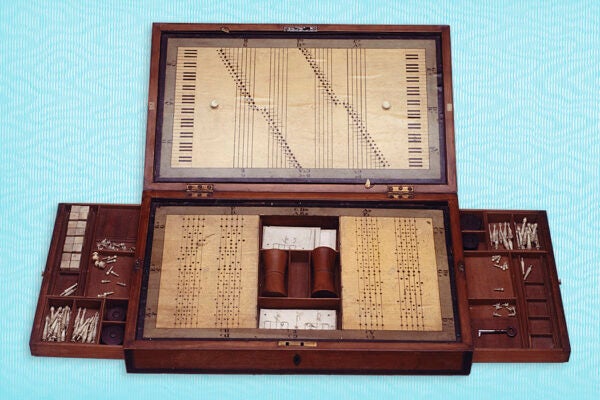With the news that female air force pilots who fought in World War II can finally be interred at Arlington National Cemetery, all eyes are on America’s few remaining Women’s Airforce Service Pilots (WASPs). But what about their German counterparts? It turns out that German women pilots played an active role during World War II—acting as Nazi perpetrators even as they broke barriers for women in flight.
Evelyn Zegenhagen questions the history books’ silence on female German pilots and how they contributed to the Nazi regime. She finds the reason for that oversight not just in the subject’s relative obscurity, but in what she calls “a conscious effort in society before and after 1945 to neglect and ignore female contributions to aviation.”
In the 1920s, writes Zegenhagen, female pilots were painted as courageous “new women” and connected to technologies that unsettled the German public. As a result, their activities were viewed with distrust. Though women were barred from professional careers in aviation, they shared their male counterparts’ politics. World War I had stripped Germany of its status, and aviation was seen as a way to rectify that shame.
Aviation became a powerful propaganda tool, bolstering perceptions of Germany as a formidable, technologically advanced society. Even as it was forced to disarm, Germany began to secretly build up the foundations of an air force under the guise of a commercial air program—and used its few female pilots to distract the public from those intentions.
After Hitler seized power in 1933, the German government used its female pilots as traveling ambassadors to spread political propaganda abroad. But as formation of the German Luftwaffe gained steam, the women pilots were once again excluded. That doesn’t mean that women didn’t fly for the Nazis, however. In 1944, at least 60 women began to ferry flights in order to free up the male pilots for active duty, and hundreds of women became gliding instructors.
“German women pilots were…undoubtedly [perpetrators] in a political and historical sense,” writes Zegenhagen. Though Germany’s first female pilots did technically break barriers, they did so on behalf of a regime that gladly exploited their political loyalty and used their very existence to further its international dominance and genocidal policies.
Ironically, the gender that once allowed German women an “in” to the world of aviation soon excluded them once more. After 1945, much like the women pilots of the United States, Germany’s female pilots were forgotten. In the case of both sides, their wartime roles are well worth examining.







